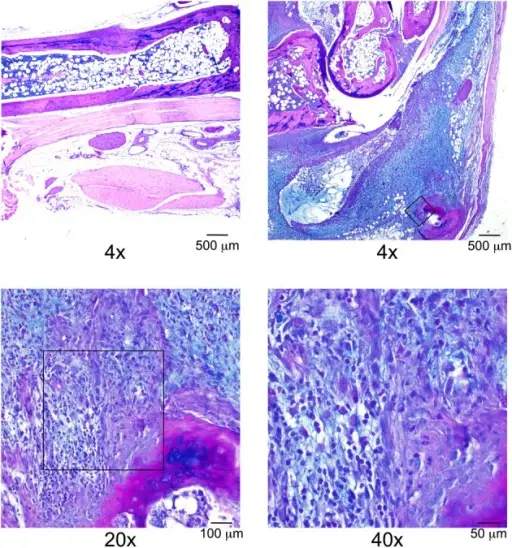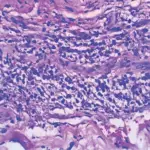Lyme arthritis is caused by Lyme disease infection of the joint.
What is the Pathology of Lyme Arthritis?
The pathology of Lyme arthritis is:
-Etiology: The cause of Lyme arthritis is bacteria.
-Genes involved: None.
-Pathogenesis: The sequence of events that lead to Lyme arthritis includes spirochete-induced activity that induces infiltration of mononuclear cells into the synovial tissue.
-Histology: The histology associated with Lyme arthritis shows papillary synovitis, mononuclear cellular infiltrate, and fibrin deposition. Onion skin thickening of arterial walls may also be present.
How does Lyme Arthritis Present?
Patients with Lyme arthritis are typically male or female. The main feature of Lyme arthritis is swelling of the affected joints. The joint may feel warm, and painful.
How is Lyme Arthritis Diagnosed?
Lyme arthritis is diagnosed with serologic testing or synovial fluid PCR testing.
How is Lyme Arthritis Treated?
Lyme arthritis is treated using oral antibiotics.
What is the Prognosis of Lyme Arthritis?
The prognosis of Lyme arthritis is good when they are treated early with appropriate antibiotic regimens.



